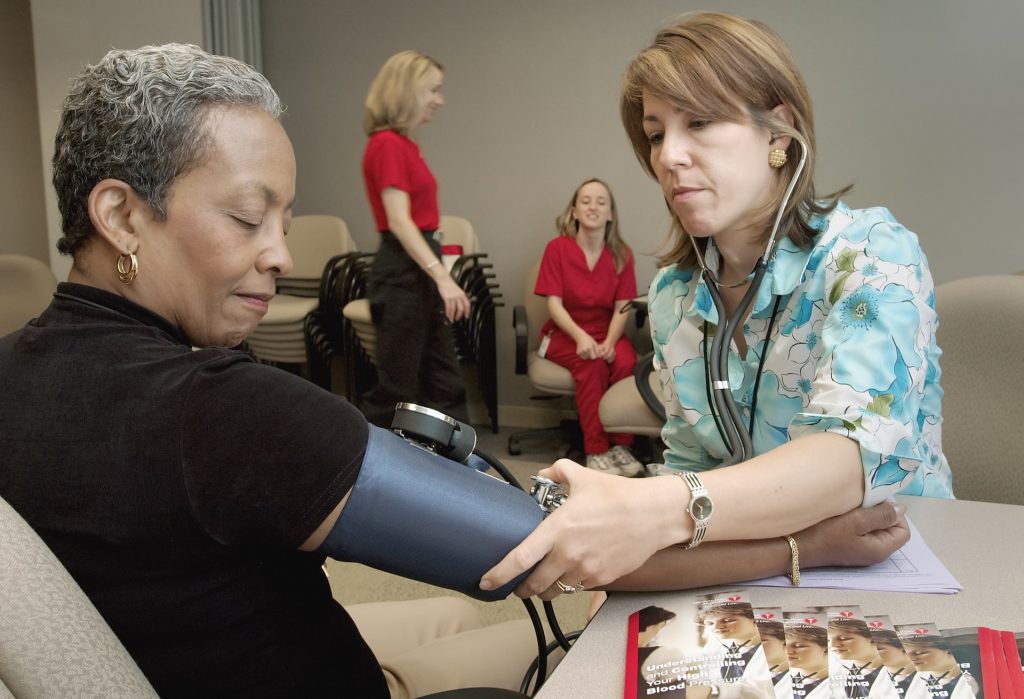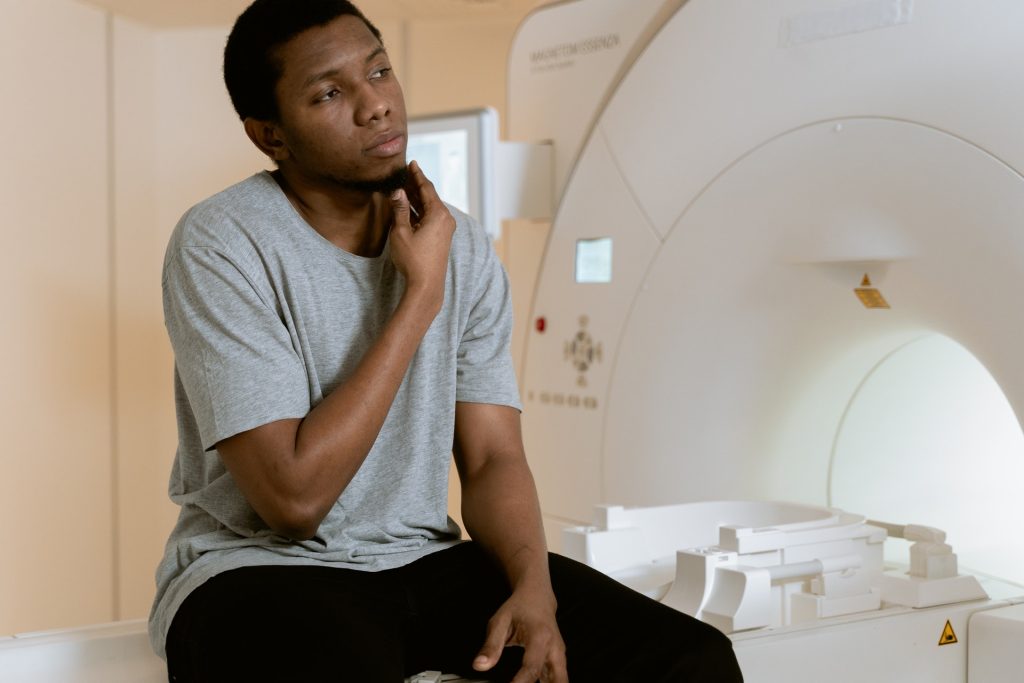Genetic Variations Influence Drug Metabolism in Patients of African Descent

Investigators have identified new genetic variations that affect gene expression in the liver cells of patients of African ancestry, findings that provide insight into how drugs are metabolised differently in different populations, according to a study published in The American Journal of Human Genetics.
Expression quantitative locus (eQTL) studies use an individual’s genomic and transcriptomic data to uncover unique genetic variants that regulate gene expression. However, people of African descent have not been well represented in these databases.
Having this comprehensive, multiomic data is key to uncovering the mechanisms that regulate an individual’s genome and understanding how different groups of people respond to drugs differently, which can improve treatment strategies, according to Minoli Perera, PharmD, PhD, associate professor of Pharmacology and senior author of the study.
“We don’t have data from any historically excluded populations to run these analyses, so a big motivation of my lab is to create data in African ancestry populations so that they are represented in multiomics,” said Perera.
In the current study, the investigators treated hepatocytes from liver tissue samples from African American patients with six FDA approved drugs: Rifampin, Phenytoin, Carbamazepine, Dexamethasone, Phenobarbital and Omeprazole.
The investigators then performed whole-genome genotyping and RNA sequencing on primary hepatocytes treated both with and without the drugs. They also mapped eQTLs, or single-nucleotide polymorphisms (SNPs) affecting gene expression, in the liver cells.
From this comprehensive analysis, they uncovered varying transcriptional changes in the cell lines across the different drug treatments and identified NRF2 as a potential gene transcription regulator.
“NRF2 has been already identified as a very important transcription factor for drug metabolism, but this is a much more comprehensive way to look at it,” Perera said.
The investigators also discovered nearly 3000 genetic variants that affect how well hepatocytes respond to external stimuli, including drugs, which the investigators called drug response eQTLs, or reQTLs. Notably, they discovered reQTLs for drug-metabolising genes such as CYP3A5.
Most individuals of European ancestry carry a specific genetic variant in CYP3A5 which results in no/low CYP3A5 enzyme, whereas individuals of African ancestry carry that variant at a lower frequency. According to Perera, this is a problem because most participants that are recruited for clinical trials are of European ancestry, and the findings from these trials directly inform how often and how much of a drug should be prescribed to all patients, regardless of their ancestry.
“When you test drugs in a group of people with limited diversity, and then say this is the dose, this is how fast it’s metabolised, this is how often you dose the drug and then you give this medication to the entire U.S. population, we don’t know for sure how accurate those measures are, and that’s just with one variant. Other variants that may influence how much or how little we up-regulate these important enzymes,” Perera said.
Perera said her team is now expanding their work by increasing the number of hepatocytes from African American participants they’re studying and incorporating other types of omics techniques, such as epigenetic profiling.
“Almost exclusively we’ve done epigenetic screenings in European populations, so what can we find in the epigenome that’s important for African Americans. Also, because there’s more genetic variation in individuals of African descent, would that change the epigenome in ways that we aren’t able to see in Europeans,” Perera said. “We hope that what we’re doing can help annotate new studies coming along for African ancestry populations.”
Source: Northwestern University








